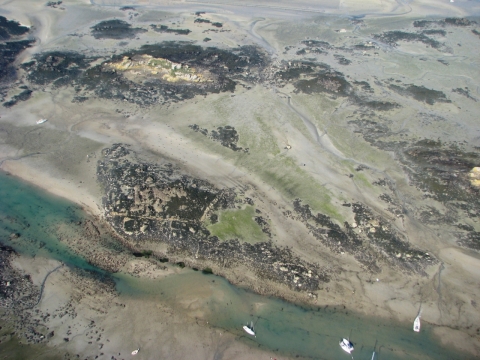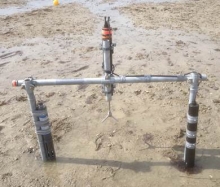
Temporal variation of secondary migrations potential: concept of temporal windows in four commercial bivalve species. Martin Forêt1,2, Réjean Tremblay1, Urs Neumeier1, Frédéric Olivier2. Aquatic Living Resources, 2018, 31, 19. https://doi.org/10.1051/alr/2018007
Institutions:
1 Université du Québec à Rimouski, Institut des Sciences de la Mer, Rimouski, Canada
2 UMR BOREA CNRS-7208/IRD-207/MNHN/SU/UCN, Paris, France
Post-settlement dispersal potential of four commercial bivalve species (Mytilus edulis, Pecten maximus, Venus verrucosa and Ruditapes philippinarum) was studied through the assessment of recruits' sinking velocities by using a fall velocity tube of five meters height. In parallel, dynamics of shear stress was monitored for 5 months on a tidal habitat characterized by the presence and the dispersal of the four species. By coupling both datasets we propose first theoretical estimates of temporal windows of secondary migrations. These experiments revealed interspecific differences in migrations potential related to shell shapes but also to behavior, especially to secretion of byssal threads. The sensitivity to passive and active post-settlement migrations seems to relate on the synchronicity between the arrival on the sediment and the tidal regime (spring tide, neap tide), but also the rate of growth of the recruits.
The present study confirms that patterns of secondary migrations of bivalve recruits result from a close physical-biological coupling involving BBL hydrodynamics and shell morphology as well as eco-ethological responses to environmental conditions but clearly modulated by the growth dynamics until a threshold size when drifting is no more possible.
BOREA contact: Frédéric Olivier, folivier@mnhn.fr


